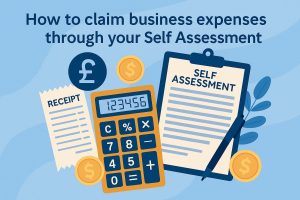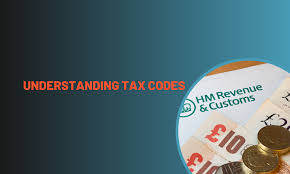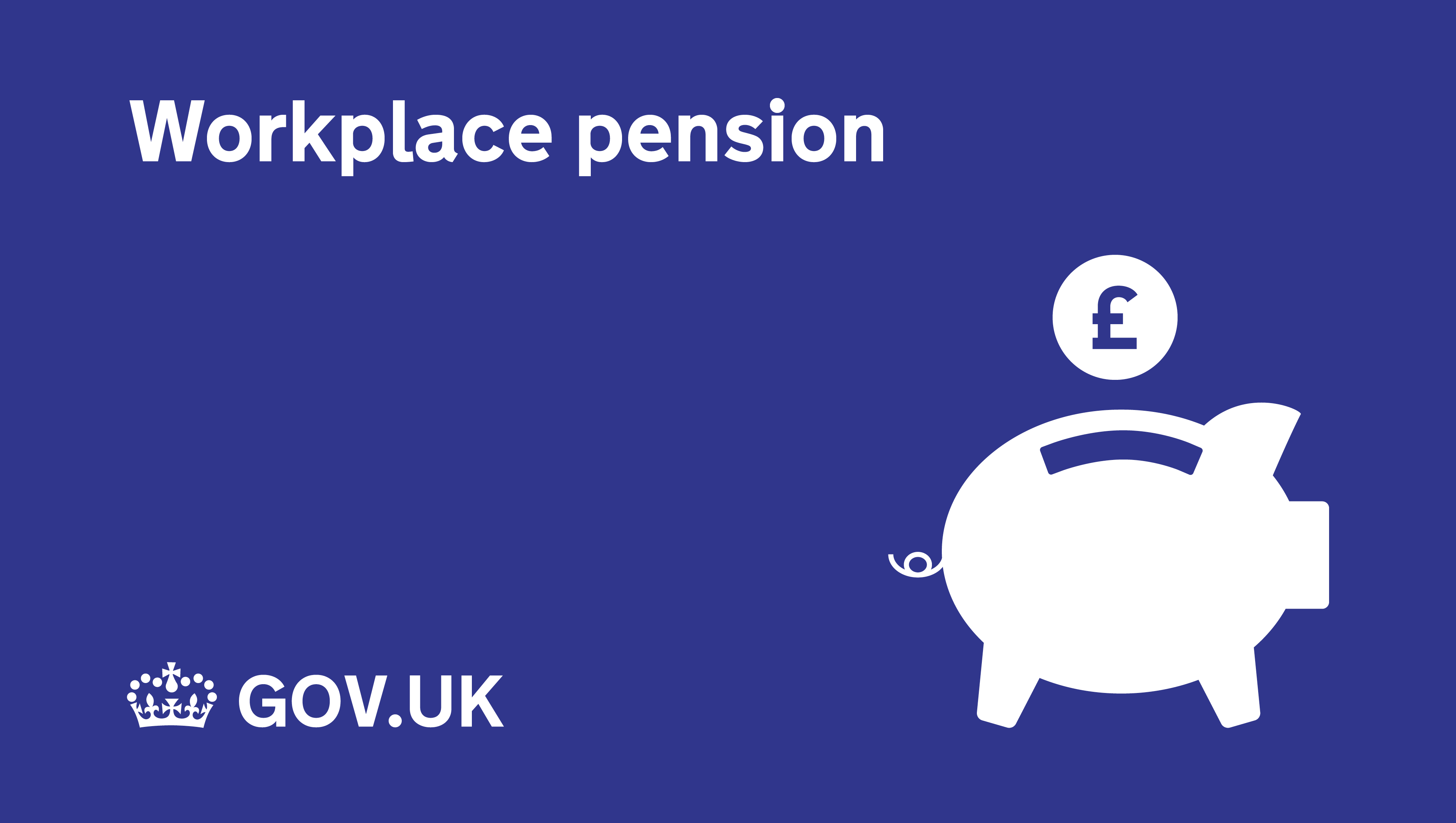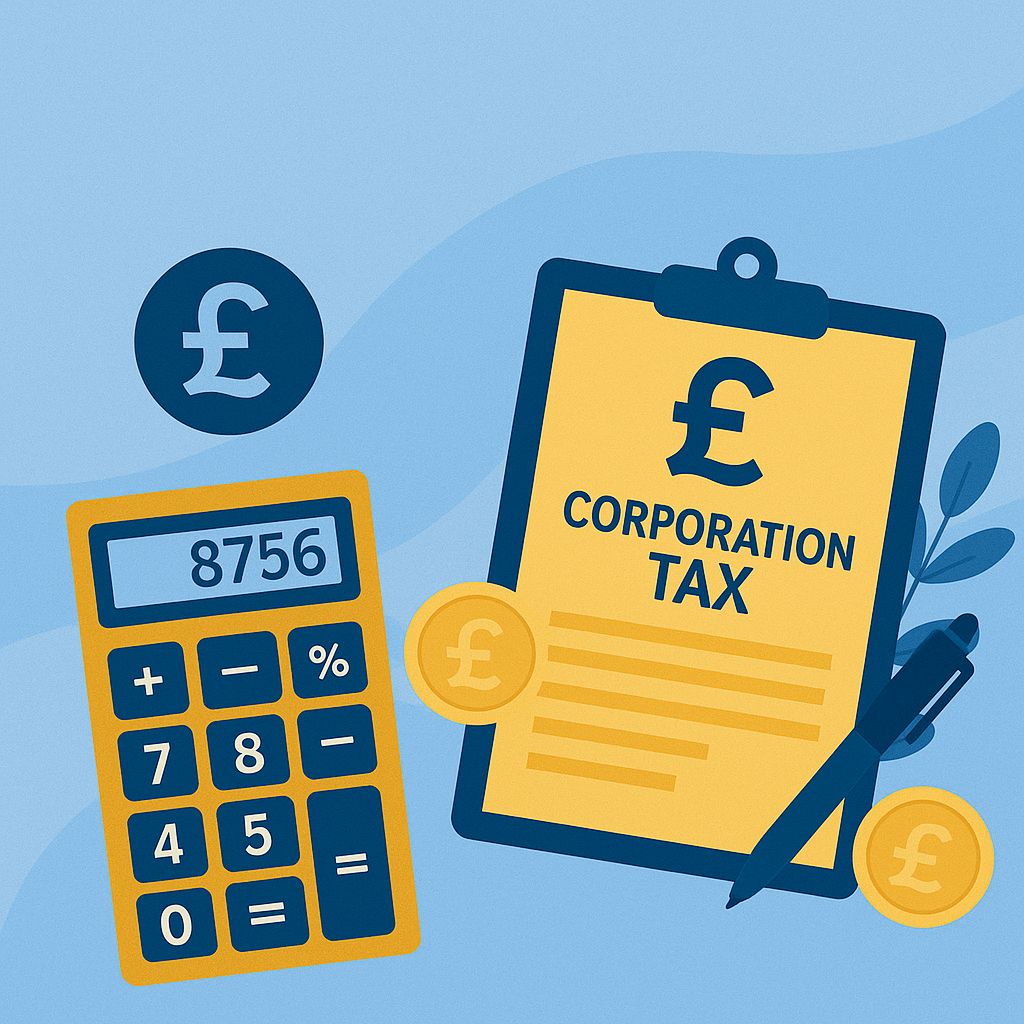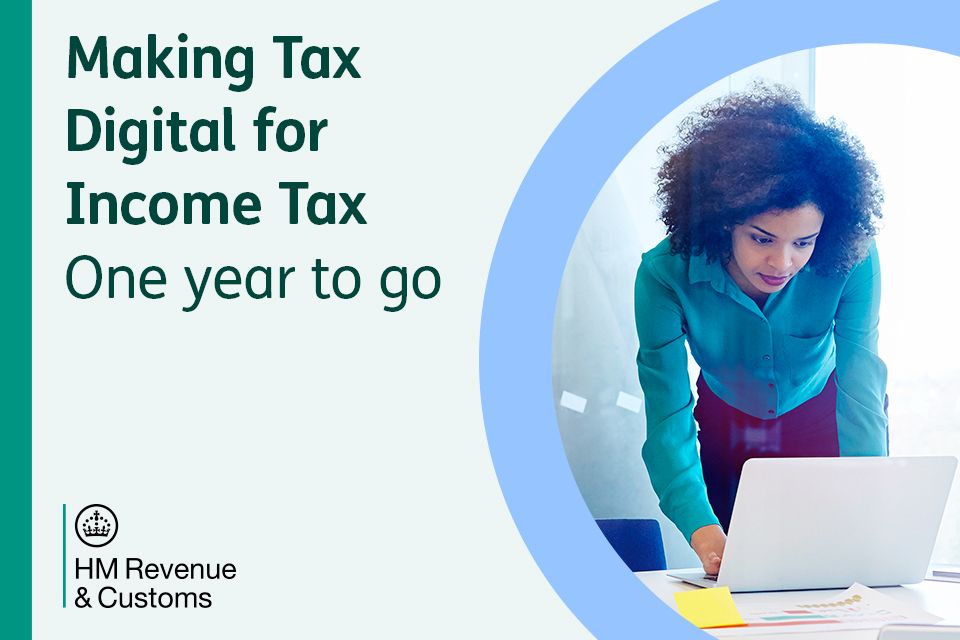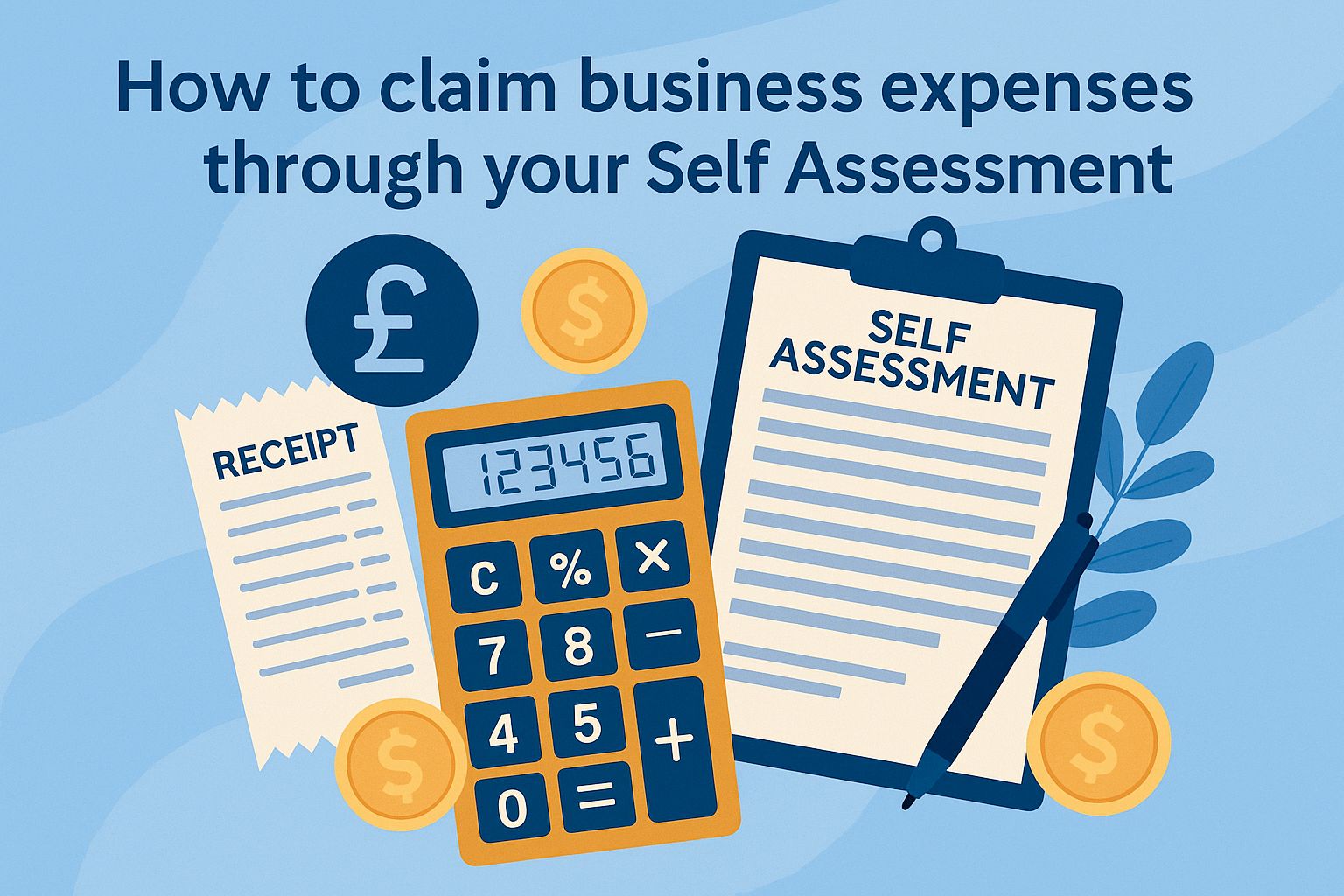Introduction: The importance of claiming business expenses
Effectively claiming business expenses through your Self-Assessment return is a strategy for reducing your taxable profit and keeping more of what you earn.
For whom is a self-assessment return necessary?
Registration and Self-Assessment return are to be submitted in case you are a company director, self-employed (including sole traders or partners), or have untaxed income (rental income, assets, and so on). The cycle of tax years is April 6 to April 5; returns and payment online should be done by January 31 of the following year.
What are Allowable Expenses?
HMRC lets self-employed individuals deduct reasonable and necessary costs incurred wholly and exclusively for business purposes. The HMRC does not permit personal expenses incurred, whereby you must allocate the company share in the right manner. The examples of the Allowable Expenses categories are:
The cost of office and administration: use of phone, internet, stationery, and renting of business space.
- Train fares: this can include trains, plane fares or buses where the travel is used to conduct business.
- When you use a house as an office, a simplified flat rate based on the number of hours worked at home or the actual business share to gas, electricity, council tax, mortgage interest or rent may be claimed.
- Marketing and advertising: Print media, web hosting and internet adverts.
- Bank fees and insurance: these include business loan interest, professional indemnity and business bank charges.
- Subcontractor fees: Accountants, lawyers and those contractors that you pay.
- Training and development: Business-related courses.
- Stock and materials: Raw material, packaging and goods bought intending to sell in the future.
- Capital costs: You can claim up to £ 1m in Annual Investment Allowance (AIA) in the tax financial year 2024-2025 for items like computers or machines.
Keeping Proper Record of Expenses
Record keeping should be maintained for at least a five-year period after the filing date, which is 31 January. This includes maintaining bank statements, mileage logbooks, invoices, receipts, and letters.
When it comes to specific details as to how you calculated proportionate costs (by mileage or home office space, etc.), be able to document this information should HMRC audit your claim or make a review of your claim.
Home Shifts claims: Fixed Cost vs Actual Costs
- Simplified flat rate method: the HMRC issues a weekly flat rate (e.g. 6/week) dependent on the number of hours worked at home; there is no requirement to separate.
Otherwise, use the actual expenses method, where there is a claim account to phone and internet usage alone, and the business element of the bills (i.e. the part of the domestic utility bills chosen as a proportion of the area or time utilised). Choose the method which will allow you to claim the most but will also allow you to have reasonable and justifiable documentation.
Backdating
Within the scope of deadlines, cost claims may be made with a backdating period of a maximum of four years (for example, by form P87 or through Self-Assessment). HMRC provides free material towards direct claim filing.
The Common Mistakes and Pitfalls to be Avoided
- You are not allowed to add commuting costs (travelling to your usual mode of employment).
- Double-claiming, including claiming both actual fuel cost and flat-rate mileage at the same time.
- If you’re newly self-employed, you must register with HMRC by 5 October following the end of the tax year in which you started self-employment. Failing to register by this date can result in penalties.
Our approach
Super Financial Limited has established a legal and healthy expense procedure. We ensure proper claim to expenditure and the maintenance of compliance, as well as the reduction in errors, through the combination of built-in finance checks, staff training, online portals, and regulated rules by HMRC.

